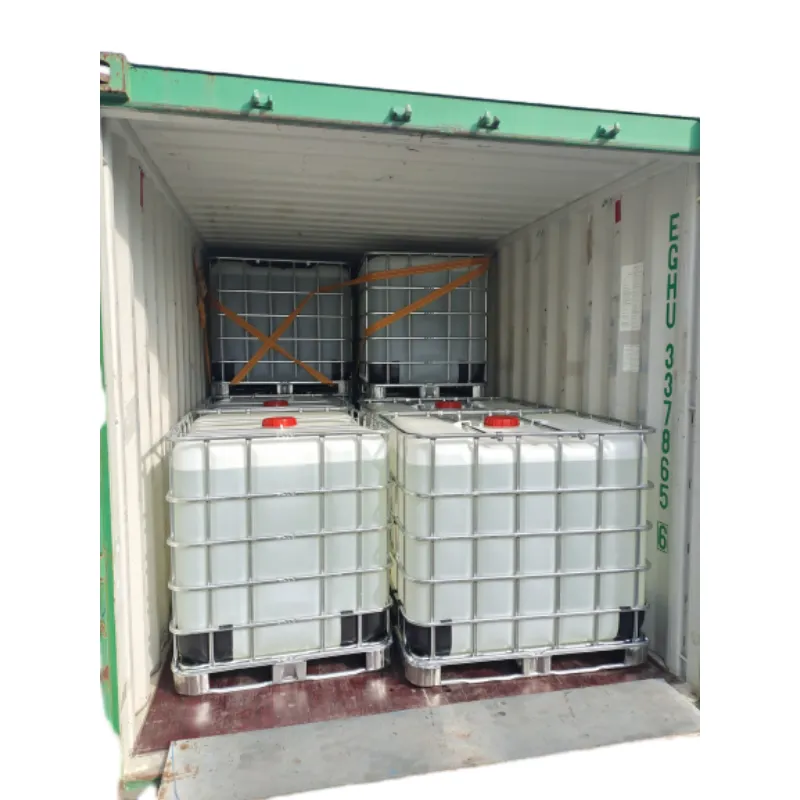
e131 food additive
Understanding E131 The Food Additive in Our Culinary World
E131, also known as Patent Blue V, is a synthetic dye widely used in the food industry to impart a vibrant blue color to various edible products. As part of the larger group of food additives known as colorants, E131 plays a crucial role in enhancing the visual appeal of food, making it more attractive to consumers. However, as with many food additives, its safety and implications for health have been subjects of debate.
The Role of E131 in Food
E131 is primarily employed in products like confectionery, desserts, beverages, and dairy items. Its bright blue hue is specifically useful in creating visually appealing products, such as blue raspberry-flavored candies or pastel-colored frosting. The addition of colorants like E131 not only enhances the product's aesthetic appeal but can also influence consumer perception of flavor. Many people associate vibrant colors with certain tastes; for example, a brightly colored candy is often perceived as sweeter or more flavorful.
Regulatory Status and Safety
E131 is subject to strict regulations and oversight to ensure its safety for consumption. The European Food Safety Authority (EFSA) has conducted extensive evaluations of this dye, and while it has been approved for use within established limits, concerns remain about the potential health impacts of artificial colorants. In some studies, associations have been observed between synthetic dyes and hyperactivity in children, leading to calls for caution in the use of such additives.
The safety of E131 is also contingent on the quantity consumed. As with many food additives, moderate consumption is generally considered safe; however, excessive intake may lead to adverse effects. Consequently, many health officials recommend that consumers be mindful of their overall diet, focusing on whole foods while limiting the consumption of products with artificial ingredients.
e131 food additive

Public Perception and Trends
In recent years, there has been a surge in consumer awareness and concern regarding food additives, including E131. Many individuals are opting for natural alternatives, driven by a desire for healthier, more transparent food choices. As a result, some food manufacturers have started to reformulate their products to use natural colorants derived from fruits, vegetables, and other plant sources. This trend aligns with the broader movement toward clean labeling, where consumers prefer to know exactly what they are eating.
The demand for natural ingredients has led to the exploration of alternatives to synthetic dyes, including beet juice for red coloring and spirulina for blue hues. These natural options not only appeal to health-conscious consumers but also address concerns regarding the environmental impact of synthetic additives.
Conclusion
E131 serves a functional purpose within the food industry, primarily as a coloring agent that enhances the visual appeal of many products. While it has been deemed safe for consumption within regulated limits, rising consumer awareness has prompted scrutiny regarding synthetic additives. As the trend shifts toward natural ingredients and transparency in food labeling, the future of synthetic colorants like E131 may face challenges.
Ultimately, whether or not to consume products containing E131 is a personal choice. Educated consumers can make informed decisions regarding their dietary preferences, balancing the pleasure of colorful foods with considerations for their health and well-being. As we navigate this evolving landscape, it is essential to remain vigilant about the ingredients in our food and to advocate for transparency and safety in the food supply chain. In conclusion, while E131 plays a noteworthy role in the culinary world, ongoing discussions about food additives remind us of the importance of understanding what we eat and how it affects our health.
-
Buy High-Quality Trichloroisocyanuric Acid for Sale | TCCA 90% SupplierNewsAug.30,2025
-
Pure Sodium Dichloroisocyanurate Dihydrate | Powerful DisinfectantNewsAug.29,2025
-
Industrial Chemicals: Quality & Purity for Every IndustryNewsAug.28,2025
-
Nitrile Rubber Honoring Strict Production StandardsNewsAug.22,2025
-
Aspartame Ingredients Honoring Food Safety ValuesNewsAug.22,2025
-
Fertilizer for Balanced Plant NutritionNewsAug.22,2025
-
Cyanide Gold Processing with High Purity AdditivesNewsAug.22,2025
Hebei Tenger Chemical Technology Co., Ltd. focuses on the chemical industry and is committed to the export service of chemical raw materials.
-

view more DiethanolisopropanolamineIn the ever-growing field of chemical solutions, diethanolisopropanolamine (DEIPA) stands out as a versatile and important compound. Due to its unique chemical structure and properties, DEIPA is of interest to various industries including construction, personal care, and agriculture. -

view more TriisopropanolamineTriisopropanolamine (TIPA) alkanol amine substance, is a kind of alcohol amine compound with amino and alcohol hydroxyl, and because of its molecules contains both amino and hydroxyl. -

view more Tetramethyl Thiuram DisulfideTetramethyl thiuram disulfide, also known as TMTD, is a white to light-yellow powder with a distinct sulfur-like odor. It is soluble in organic solvents such as benzene, acetone, and ethyl acetate, making it highly versatile for use in different formulations. TMTD is known for its excellent vulcanization acceleration properties, which makes it a key ingredient in the production of rubber products. Additionally, it acts as an effective fungicide and bactericide, making it valuable in agricultural applications. Its high purity and stability ensure consistent performance, making it a preferred choice for manufacturers across various industries.





